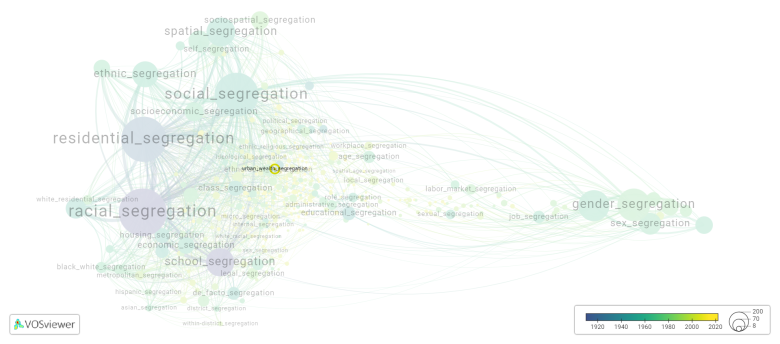Urban wealth segregation
Date and country of first publication[1]
2016
Canada
Definition
Urban wealth segregation refers to the phenomenon in cities where there is a clear divide between affluent and low-income neighborhoods. This segregation can manifest in various ways, such as disparities in access to quality housing, education, healthcare, and other resources.
In cities with high levels of urban wealth segregation, affluent individuals and families tend to cluster in certain neighborhoods, leading to gentrification and the displacement of lower-income residents. This can further exacerbate income inequality and social divides within the city.
Factors contributing to urban wealth segregation include discriminatory housing policies, income inequality, unequal access to quality education and employment opportunities, and systemic racism. Addressing urban wealth segregation requires comprehensive strategies that address these root causes and work towards creating more equitable and inclusive cities for all residents.
See also
Related segregation forms
Urban wealth segregation is frequently discussed in the literature with the following segregation forms:
social segregation, neighborhood segregation, spatial segregation, residential segregation

This visualization is based on the study The Multidisciplinary Landscape of Segregation Research.
For the complete network of interrelated segregation forms, please refer to:
References
Notes
- ↑ Date and country of first publication as informed by the Scopus database (December 2023).
Urban wealth segregation appears in the following literature
Walks A. (2016). Homeownership, Asset based Welfare and the Neighbourhood Segregation of Wealth. Housing Studies, 31(7), 755-784. Routledge.https://doi.org/10.1080/02673037.2015.1132685
